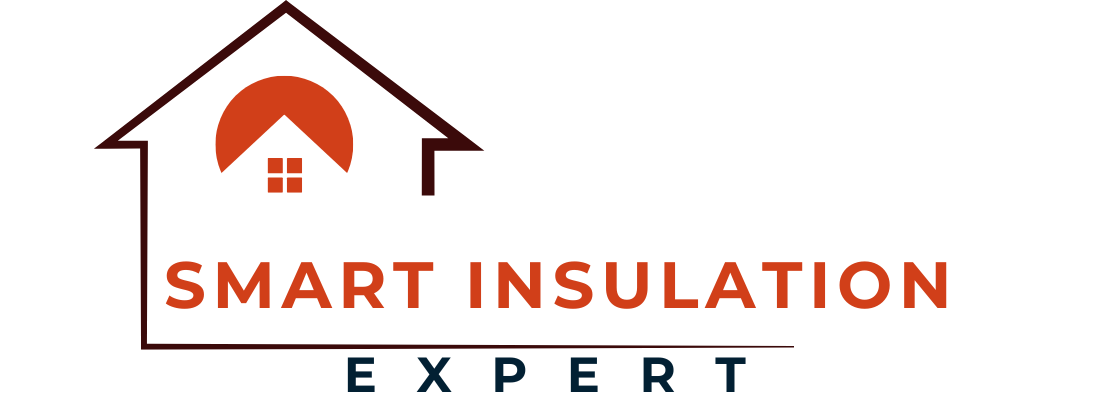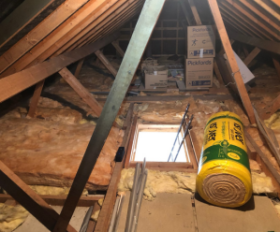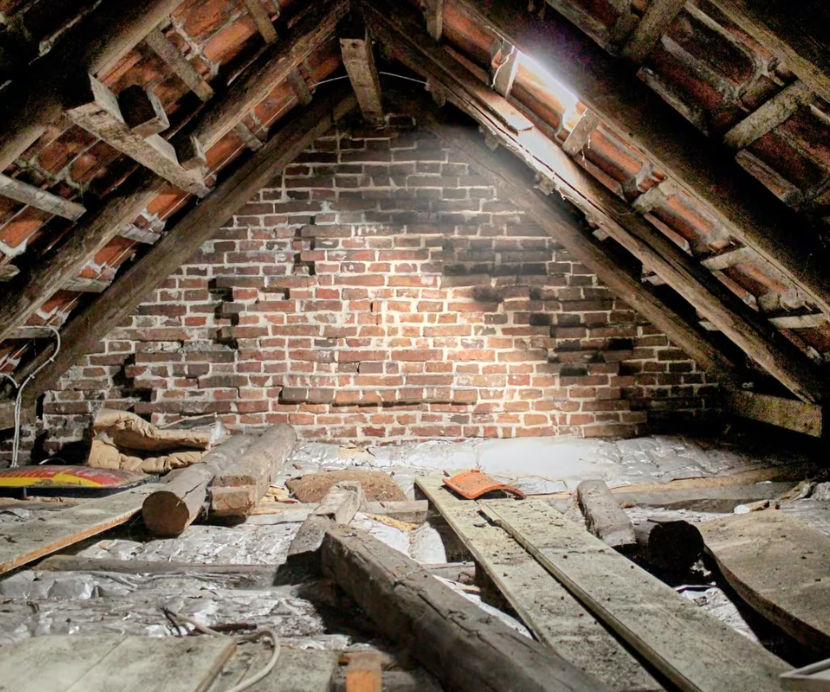
Solar panel installation is a transformative solution for residential, commercial, and industrial properties looking to embrace renewable energy. By converting sunlight into electricity, solar panels provide a sustainable, cost-effective, and environmentally friendly alternative to traditional energy sources.
What Are Solar Panels?
Solar panels, also known as photovoltaic (PV) panels, are devices that capture sunlight and convert it into electricity. Made up of numerous solar cells, these panels are designed to generate clean energy for powering homes, businesses, and public facilities.
Benefits of Solar Panel Installation
Renewable Energy Source
Reduced Energy Bills
Environmental Impact
Increased Property Value
Government Incentives
Energy Independence
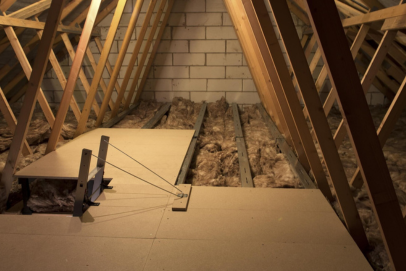
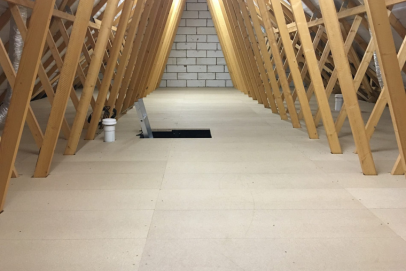
Main Services
Types of Solar Panels
Monocrystalline Solar Panels
Polycrystalline Solar Panels
Thin-Film Solar Panels
Bifacial Solar Panels
Factors to Consider Before Installation
Roof Suitability
Local Climate
Energy Needs
Budget
Installer Credentials
The Installation Process
Initial Consultation
System Design
Permits and Approvals
Installation
Connection to the Grid
Testing and Activation
FAQ
Most solar panels have a lifespan of 25-30 years, with efficiency gradually decreasing over time.
Yes, while efficiency is reduced, solar panels still generate electricity in overcast conditions.
Yes, solar batteries can store excess energy for use during the night or power outages.
In most cases, solar panel installations are considered permitted developments, but it’s advisable to check local regulations.
Excess energy can be exported to the grid, earning you money under the SEG scheme.

